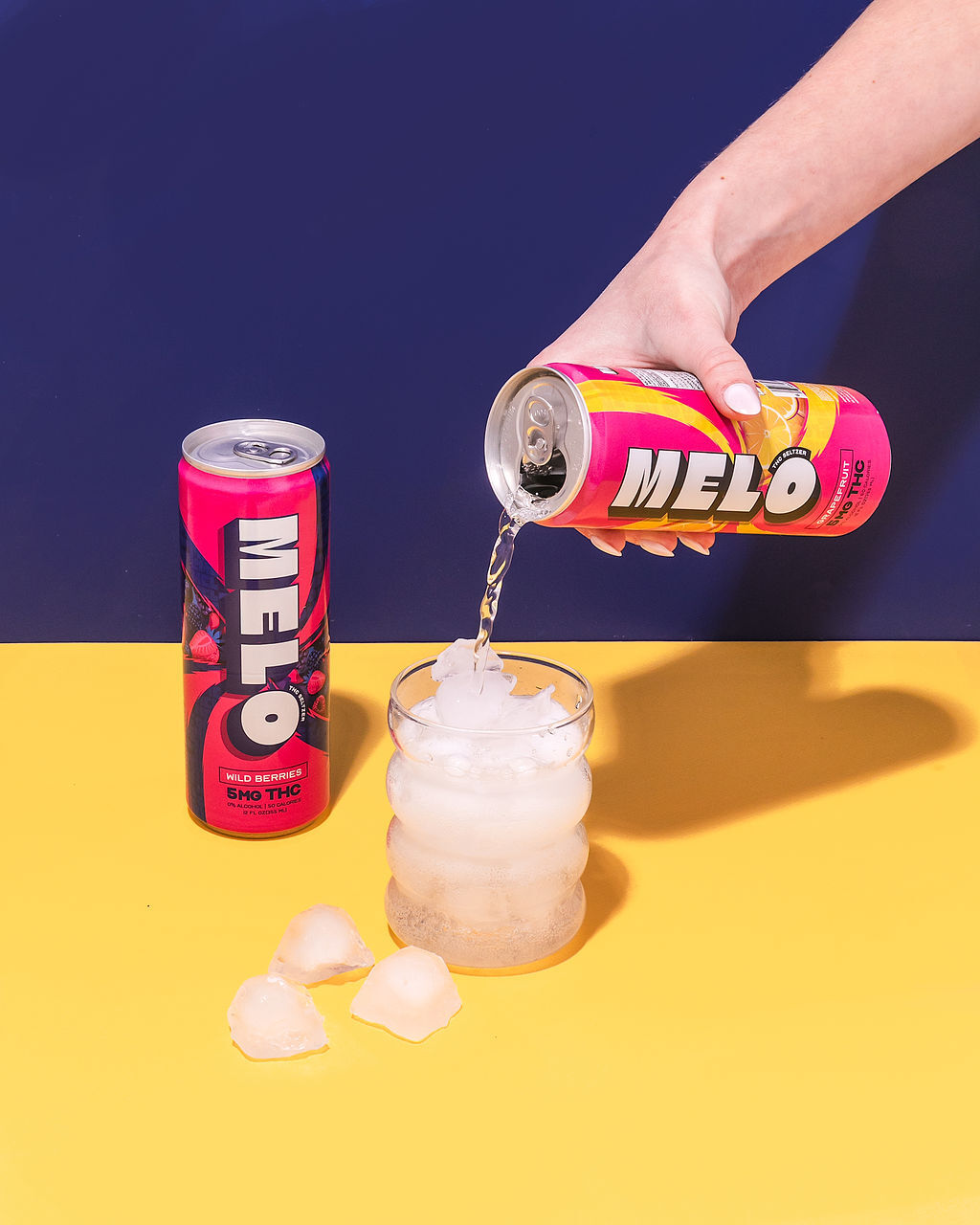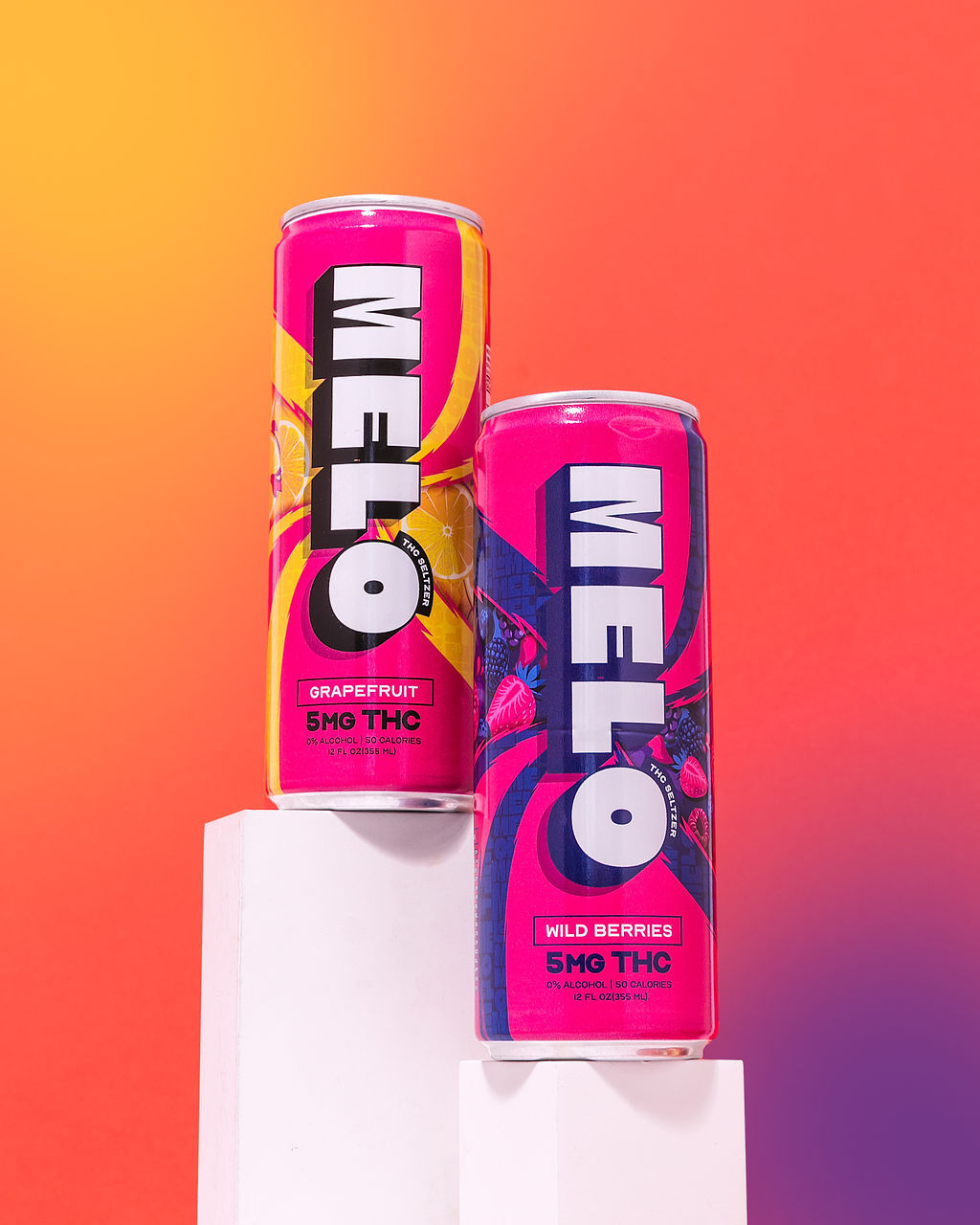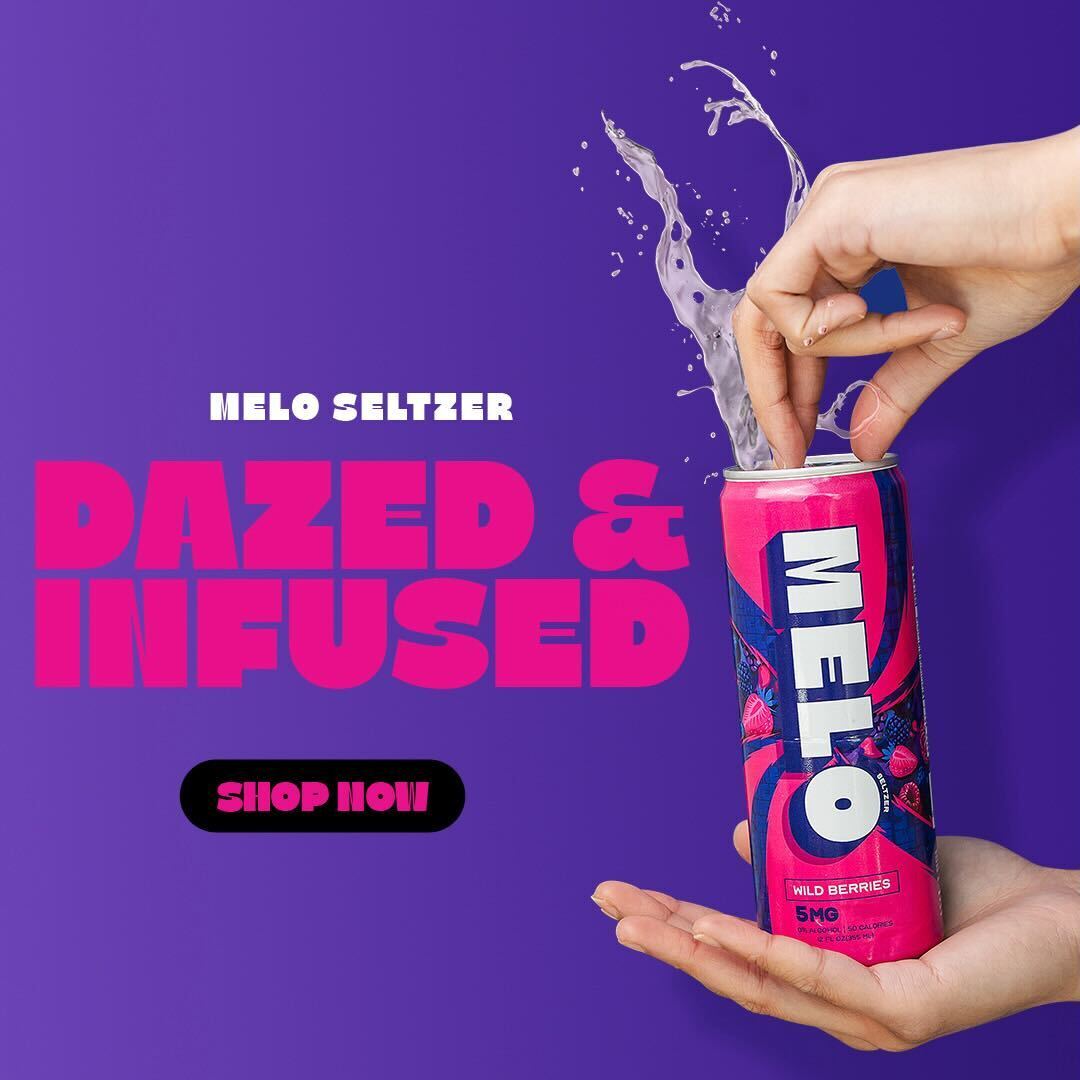Extraction Process
From humble cannabis plants to refreshing beverages, the journey of THC drinks involves a fascinating extraction process. This intricate method isolates and concentrates the desired cannabinoids from the plant material, paving the way for their integration into tasty and convenient drinks.
Source Material
The source material for THC drinks is typically cannabis flowers or leaves that are rich in the desired cannabinoids, particularly tetrahydrocannabinol (THC).
Several extraction methods are employed to isolate THC from this plant matter.
Common techniques include CO2 extraction, solvent-based extraction using butane or ethanol, and water-based extraction.
Extraction Methods
CO2 extraction utilizes pressurized carbon dioxide gas to dissolve the cannabinoids from the plant material. This method is highly regarded for its purity and efficiency as it produces a concentrate free of residual solvents.
Solvent-based extraction involves using solvents like butane or ethanol to dissolve the THC. These solvents effectively extract the cannabinoids, but they must be carefully removed during the process to ensure a safe and consumable product.
Water-based extraction, while less common, offers an alternative method. This technique utilizes water with specific additives to extract THC. It is often favored for its simplicity and environmental friendliness.
CO2 Extraction
CO2 extraction is a meticulous process that involves subjecting plant material to high pressure and temperature, causing carbon dioxide to transition into a supercritical fluid. In this state, CO2 acts as an excellent solvent, readily dissolving the desired cannabinoids, including THC. As the pressure is reduced, the CO2 returns to its gaseous form, leaving behind a highly concentrated extract that is pure and free of residual solvents.
Solvent-Based Extraction
Solvent-based extraction is another widely used method for obtaining THC concentrates. This technique utilizes solvents like butane or ethanol to dissolve the cannabinoids from the plant material.
- The cannabis plant material is placed in a closed system with the solvent.
- Under pressure, the solvent permeates the plant material, effectively dissolving the THC and other desired compounds.
- The solvent containing the dissolved THC is then separated from the plant material.
- The solvent is subsequently evaporated, leaving behind a concentrated THC extract.
It is crucial to note that solvent-based extraction requires meticulous care during the solvent removal process to ensure no residual solvents remain in the final product. Any traces of these solvents can be harmful to human health.
Infusion Technique
The creation of THC drinks involves a fascinating journey from cannabis plant material to refreshing beverages, with infusion technique playing a crucial role.
Heating and Agitation
Once the THC is extracted, it needs to be infused into the beverage base. This typically involves heating and agitation.
Heating helps dissolve the THC in the liquid, allowing for better distribution throughout the drink. Agitation, such as stirring or shaking, ensures that the THC is evenly dispersed and doesn’t settle at the bottom of the container.
The specific temperature and duration of heating will vary depending on the type of beverage being made and the desired strength of the final product.
Time and Temperature Control

Temperature and time control are critical factors in ensuring a successful THC infusion.
Heating the beverage base to an optimal temperature allows for efficient dissolution of the THC, facilitating its even distribution throughout the liquid. Generally, temperatures between 180°F and 200°F (82°C and 93°C) are recommended for infusion.
Prolonged heating can lead to degradation of the THC, reducing its potency and potentially altering its effects. Therefore, it’s crucial to monitor the heating time closely.
Infusion times typically range from 30 minutes to 2 hours, depending on factors like the concentration of THC used and the desired strength of the final beverage.
Formulation and Flavoring
The creation of flavorful and enticing THC-infused beverages relies heavily on a careful process of formulation and flavoring.
Water Solubility Enhancement
Formulation and flavoring play a crucial role in transforming infused extracts into appealing and enjoyable drinks. Formulators carefully consider the desired taste profile, desired strength, and shelf life when crafting these beverages.
One key aspect of formulation is enhancing the water solubility of THC. As THC is primarily lipophilic (fat-soluble), it doesn’t readily dissolve in water. To address this challenge, various techniques are employed to increase its solubility.
These methods often involve encapsulating or suspending THC within smaller particles that can more easily disperse in the beverage base.
Common strategies include:
- Using emulsifiers to create a stable mixture of oil and water, allowing THC to be incorporated
- Micronizing THC into tiny particles to increase its surface area and promote dissolution.
- Encapsulating THC in protective carriers like liposomes or cyclodextrins, which help it dissolve and remain stable in the beverage.
Flavoring agents are carefully selected to complement the taste of the infused THC.
Natural flavors derived from fruits, herbs, or spices can be used to create refreshing and enticing profiles. Artificial sweeteners are often employed to balance the potential bitterness of THC and provide a more palatable experience.
Flavoring Agents and Additives
Flavoring agents and additives play a vital role in crafting appealing and enjoyable THC-infused beverages. Formulators carefully select ingredients to complement the taste of the infused THC, mask any potential bitterness, and create unique flavor profiles.
Natural flavors derived from fruits, herbs, or spices are commonly used to impart refreshing and enticing tastes. For example, citrus fruits can add a zesty twist, while berries provide sweet and fruity notes. Herbal infusions like mint or lavender can contribute cooling and aromatic qualities.
Artificial sweeteners are frequently incorporated to balance the potential bitterness of THC and enhance the overall palatability of the beverage. Common artificial sweeteners include sucralose, aspartame, and acesulfame potassium. These sweeteners allow for sugar-free or low-sugar options while providing sweetness and masking any undesirable flavors.
In addition to flavoring agents, other additives may be included to enhance the texture, appearance, and shelf life of THC drinks. For instance, emulsifiers can help create a smooth and consistent texture by preventing separation of ingredients. Preservatives are sometimes used to extend the beverage’s shelf life and prevent microbial growth.
pH Adjustments
Formulation and flavoring are crucial steps in transforming infused THC extract into enjoyable beverages. Formulators meticulously consider taste profiles, desired potency, and product shelf-life when crafting these drinks.
A key challenge is enhancing the water solubility of THC, which is primarily fat-soluble. To overcome this, techniques like using emulsifiers to create stable oil-and-water mixtures or micronizing THC into smaller particles for better dissolution are employed.
Encapsulation of THC within carriers like liposomes or cyclodextrins also helps it dissolve and remain stable in the beverage.

Flavoring agents play a vital role in masking potential THC bitterness and creating appealing taste profiles. Natural flavors derived from fruits, herbs, or spices are popular choices. Citrus fruits can add a zesty touch, while berries contribute sweetness and fruitiness. Herbs like mint or lavender offer cooling and aromatic qualities.

Artificial sweeteners are often used to balance THC’s bitterness and enhance palatability. Sucralose, aspartame, and acesulfame potassium are common examples, allowing for sugar-free or low-sugar options.
Besides flavoring agents, additives like emulsifiers improve texture, preservatives extend shelf life, and other ingredients may be added to enhance appearance and functionality.
Adjustments to pH levels are another important aspect of THC drink formulation.
The ideal pH range for THC beverages is generally between 4 and 6.5.
Maintaining this pH range helps ensure the stability and potency of the THC, prevents unwanted taste changes, and extends shelf life.
pH adjustments are typically made using acids like citric acid or malic acid to lower the pH or bases like sodium bicarbonate to raise it.
Bottling and Packaging
The journey from raw cannabis plant material to a refreshing THC-infused beverage involves meticulous steps, starting with extraction and culminating in bottling and packaging.
Filtration and Purification
THC drinks are created through a multifaceted process that begins with the extraction of cannabinoids from cannabis plants.
This extracted THC is then infused into a chosen beverage base, carefully formulated to create a flavorful and enjoyable drinking experience.
The final stage involves meticulous bottling and packaging to ensure product safety and preserve freshness.
- Extraction: The process starts with isolating the desired cannabinoids, primarily THC, from the cannabis plant material.
- Infusion: The extracted THC is then blended into a beverage base, such as water, juice, or tea. Heating and agitation are often used to ensure even distribution of the THC.
- Formulation & Flavoring: Formulators carefully select flavorings, sweeteners, and additives to enhance the taste, texture, and overall appeal of the drink.
- Bottling & Packaging: The final step involves filling the infused beverage into bottles or containers, sealing them airtight to maintain freshness, and labeling them appropriately for consumer information and safety.
Bottling and packaging are critical stages in ensuring product quality, shelf life, and consumer safety.
- Cleaning & Sterilization: Bottles and packaging materials are thoroughly cleaned and sterilized to prevent contamination during the filling process.
- Filling: The infused beverage is precisely measured and filled into sterilized bottles using automated machinery to ensure consistency and accuracy.
- Sealing: Bottles are tightly sealed with airtight caps or lids to protect the product from external factors, such as oxygen and moisture, which can degrade quality over time.
- Labeling & Packaging: Each bottle is then labeled with essential information, including product name, THC content, serving size, dosage instructions, warnings, and contact details.
- Storage & Distribution: The packaged THC drinks are stored in appropriate conditions to maintain freshness and stability before being distributed to retailers.
Sterilization and Safety Measures
Bottling and packaging are critical stages in ensuring the quality, shelf life, and safety of THC beverages.
- Cleaning & Sterilization: Bottles and all packaging materials must be meticulously cleaned and sterilized to eliminate any potential contaminants that could compromise product safety or freshness.
- Filling: The infused beverage is precisely measured and filled into the sterilized bottles using automated machinery to ensure accuracy and consistency.
- Sealing: Bottles are tightly sealed with airtight caps or lids to prevent oxygen and moisture from entering, thus maintaining product quality and extending shelf life.
- Labeling & Packaging: Each bottle is labeled with comprehensive information, including the product name, THC concentration, serving size, dosage instructions, warnings about potential side effects, and contact details for the manufacturer.
- Storage & Distribution: Packaged THC drinks are stored under appropriate temperature and humidity conditions to maintain freshness and stability until they reach retailers.
Sterilization methods commonly employed in the food and beverage industry, such as high-pressure processing (HPP) or gamma irradiation, are often used to ensure product safety and eliminate harmful microorganisms.
Adhering to strict safety measures throughout the bottling and packaging process is essential for providing consumers with a safe and enjoyable THC beverage experience.
Shop Melo Seltzer’s Premium THC-Infused Sparkling Water
- Why Breadcrumbing Is Emotionally Manipulative In Relationships - November 18, 2025
- What Is The Alternative To Under Eye Fillers? - November 15, 2025
- What Age Is Safe For THC? - November 12, 2025
